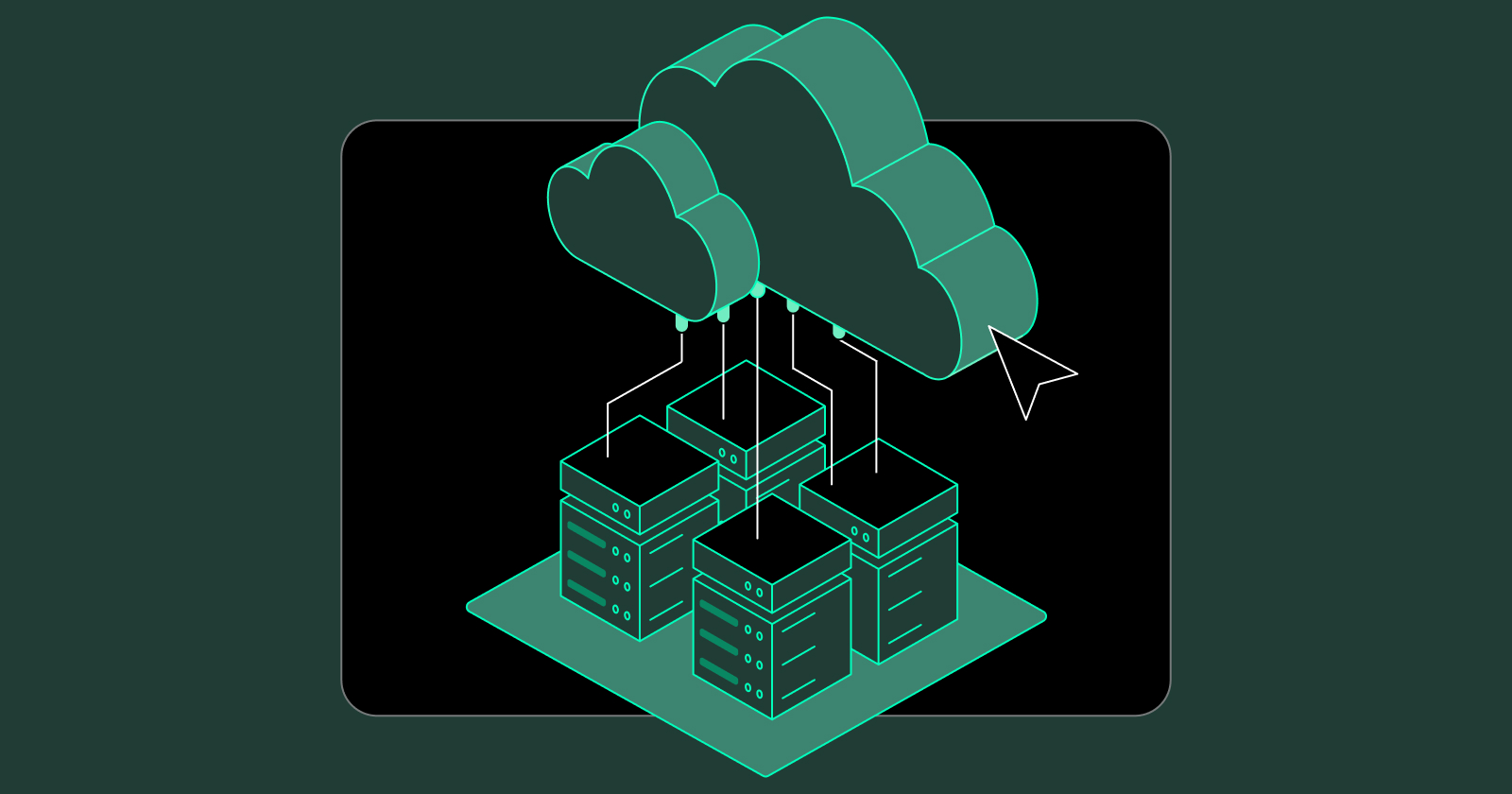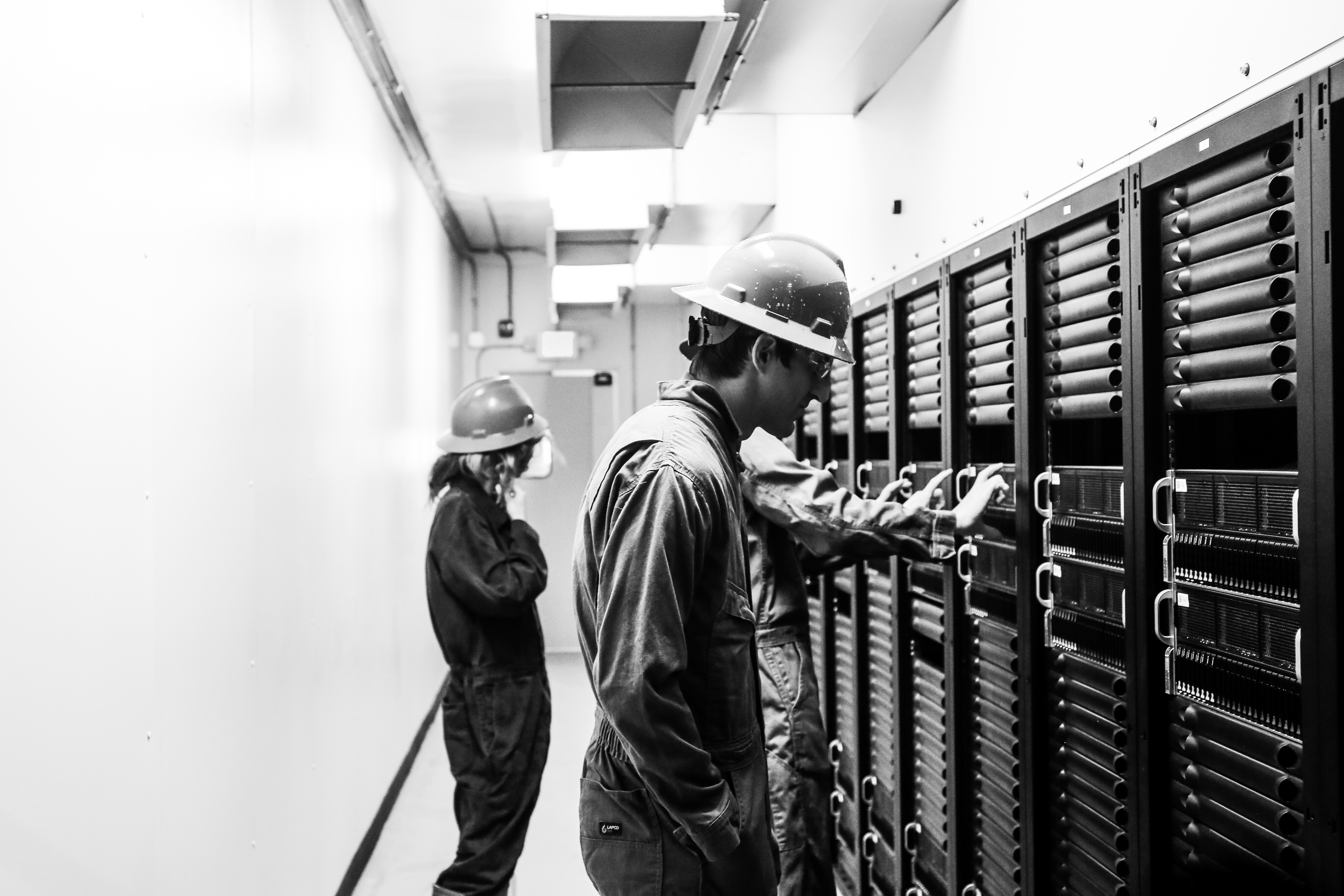
Crusoe Cloud: A New Cloud for a New Era
By Raghav Bhargava, Director of Networking Engineering at Crusoe
The rise of artificial intelligence isn't just another technology trend; it's a paradigm shift that demands a new foundation for computing. But this demand for unprecedented computational power has created a dilemma, pitting technological progress against climate impact. From our very first server, Crusoe’s mission has been to resolve this conflict: to align the future of computing with the future of the climate.
This isn't a tagline; it's our architectural principle. It drove us to build a new kind of cloud — not as a follower in a crowded market, but as a "Neocloud" born from a unique moment in time, with a fundamentally different approach. This is the story of how we started and the design philosophy that guides our every decision.
Our Journey: From a Single Container to a Global Compute Fabric
Crusoe Cloud began operations in mid-2022, not in a conventional data center hub, but with a modest deployment of A100 servers in our first containerized data center in Montana.
Initial Launch (Mid-2022): Given our initial GPU capacity and internet egress, we quickly found that demand far outpaced our supply. This was the signal that the world was ready for a next-generation cloud provider.
Rapid Expansion (December 2023): To meet this demand, we established two new data centers in Culpeper, Virginia, and Houston, Texas. Our GPU capacity grew significantly, and our network egress per site expanded to 400 Gb/s.
Climate-Aligned Scale (July 2024): Staying true to our vision, we launched our first large-scale, climate-aligned compute facility in Iceland, powered entirely by renewable hydroelectric and geothermal energy.
Crusoe Spark (June 2025): We introduced Crusoe Spark™, a turnkey, prefabricated modular AI data center solution designed to rapidly deploy powerful, low-latency compute to any location. This initiative brings AI capabilities directly to the network edge and was launched alongside a strategic partnership with Redwood Materials to power these modules with innovative, sustainable energy solutions like repurposed EV batteries.
Through this rapid growth and our diverse deployments, we consistently saw that scaling compute wasn't just about energy. While solving energy challenges is core to our mission, we quickly learned that the network itself became a critical bottleneck. To power the AI revolution responsibly across such varied environments, we couldn't just add more servers; we had to build a better, smarter, and purpose-built network to connect them all.
The Core Problem: Why Standard Networks Fail AI
Behind every groundbreaking AI model lies an often-unseen hero: the network. However, traditional enterprise networks, optimized for general web traffic, simply cannot handle the unique and punishing demands of AI workloads.
Where Traditional Networks Fall Short:
Massive Data Movement: Training AI models involves the continuous, parallel transfer of colossal datasets, which immediately congests a standard network.
Low Latency is Non-Negotiable: For distributed training and real-time inference, millisecond delays kill performance and drive up costs.
Unpredictable Performance: AI workloads require consistent, predictable network performance. The oversubscription and variable traffic patterns in traditional clouds create unacceptable jitter and bottlenecks.
Lack of Specialization: They are not designed for the high-performance interconnect principles (like RDMA) that are crucial for efficient GPU-to-GPU communication.
To build a true AI cloud, we had to throw out the old playbook and design a network from a clean sheet of paper.
Our Design Philosophy: A Blueprint for an AI-First Network
We started fresh with a clear vision guided by five core principles. These aren't just features; they are core pillars of our entire engineering effort.
Resilience: We build for continuous uptime. Every network path incorporates high-availability routing, physical circuit diversity, and automated failover to ensure customer workloads are never disrupted.
Throughput: It’s not just about bandwidth (wider pipes); it's about maximizing end-to-end data flow. We focus on efficiency using techniques like Equal-Cost Multi-Path (ECMP) routing and TCP tuning to ensure data moves without friction.
Purpose-Driven Connectivity: We actively seek direct connections (peering) with partners and hyperscalers to minimize network hops, reducing latency and data transfer costs for our customers.
Intelligent, AI-Powered Observability: We use our own medicine. We have built real-time telemetry pipelines enhanced with ML-based anomaly detection to proactively identify link degradation, routing issues, and microbursts before they can impact performance.
Infrastructure as Code (IaC): Our entire network is fully codified. All configurations, from BGP policies to network fabrics, are automated and validated through rigorous CI/CD pipelines, enabling us to scale rapidly and reliably.
Building the Foundation
Crusoe Cloud was born out of necessity — the need for a high-performance, cost-effective, and climate-aligned platform for AI. Our growth is a testament to that demand. But more importantly, our design philosophy reflects a deep understanding of the unique challenges of AI workloads. We didn't just build a data center; we built an integrated system where the network is a first-class citizen, not an afterthought.
Next Up: In Part 2 of this series, we will explore the architecture of the Crusoe production backbone, detailing the technologies we use to bring our high-throughput, resilient, and intelligent network to life across the globe.
Ready to build on a cloud designed for the future of AI? Explore Crusoe Cloud today.

